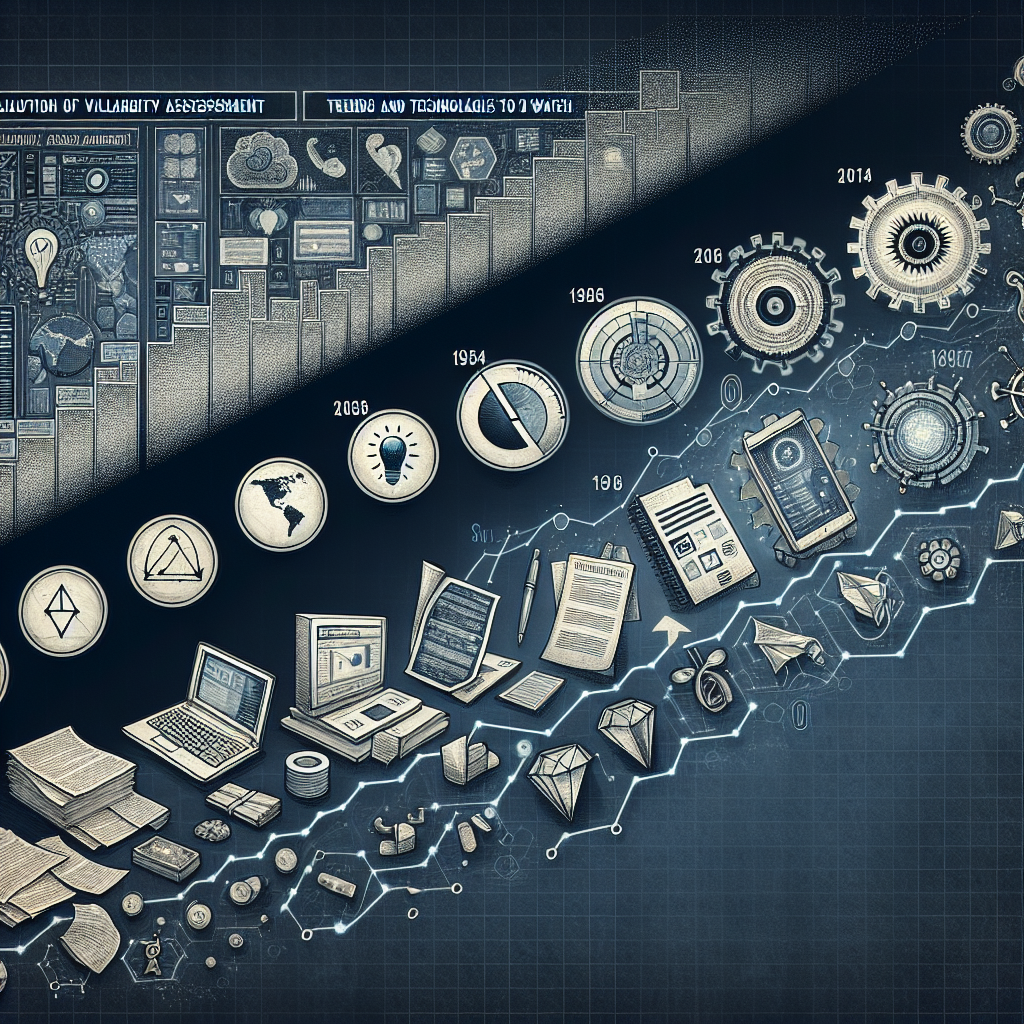Introduction
In today’s digital age, cyber threats are constantly evolving, becoming more sophisticated and challenging to detect. Vulnerability assessment plays a crucial role in identifying weaknesses in systems, networks, and applications that could be exploited by malicious actors. This article explores the changing landscape of vulnerability assessment, highlighting key trends and emerging technologies that security professionals should keep an eye on.
The Shift Towards Automated Vulnerability Assessment
Traditionally, vulnerability assessment involved manual scanning and analysis of systems to identify security gaps. However, with the increasing complexity of IT environments, there has been a shift towards automated vulnerability assessment tools. These tools can quickly scan large networks, identify vulnerabilities, and prioritize remediation efforts based on risk levels. Automation not only saves time and resources but also ensures more comprehensive coverage of an organization’s attack surface.
Integration of Artificial Intelligence and Machine Learning
Artificial intelligence (AI) and machine learning (ML) have revolutionized the field of cybersecurity, including vulnerability assessment. These technologies enable predictive analytics, anomaly detection, and pattern recognition to proactively identify potential security threats. By leveraging AI and ML algorithms, organizations can enhance their vulnerability assessment capabilities, detect zero-day vulnerabilities, and respond to emerging threats in real-time.
The Rise of DevSecOps Practices
DevSecOps integrates security practices into the DevOps pipeline, ensuring that security is prioritized throughout the software development lifecycle. This shift-left approach to security includes automated vulnerability scanning, code analysis, and continuous monitoring to detect and remediate vulnerabilities early on. By embedding security into the development process, organizations can build more secure, resilient applications and infrastructure.
Cloud Security and Containerization
As more organizations migrate their workloads to the cloud and adopt containerization technologies, the need for robust cloud security and vulnerability assessment tools has grown. Cloud-native vulnerability scanners can identify security risks in cloud environments, assess misconfigurations, and ensure compliance with industry regulations. Container security tools, such as runtime protection and image scanning, help secure containerized applications against emerging threats.
FAQs
What is vulnerability assessment?
Vulnerability assessment is the process of identifying and quantifying security vulnerabilities in systems, networks, and applications to evaluate the risk they pose to an organization’s assets.
How often should vulnerability assessments be conducted?
Organizations should conduct regular vulnerability assessments, ideally on a quarterly basis or after significant changes to the IT infrastructure. Continuous monitoring and automated scanning can also help detect vulnerabilities in real-time.
What are the benefits of automated vulnerability assessment?
Automated vulnerability assessment tools can efficiently scan large networks, prioritize remediation efforts, and offer real-time insights into security risks. Automation helps organizations stay ahead of evolving threats and ensure comprehensive coverage of their attack surface.
Conclusion
The evolution of vulnerability assessment reflects the dynamic nature of cybersecurity, where traditional approaches are being replaced by more automated, intelligent, and integrated solutions. Keeping up with the latest trends and technologies in vulnerability assessment is crucial for organizations to stay resilient against cyber threats. By leveraging automation, AI, and DevSecOps practices, businesses can enhance their security posture, protect sensitive data, and mitigate risks effectively. As the cybersecurity landscape continues to evolve, staying informed and proactive in vulnerability assessment will be key to safeguarding digital assets and maintaining trust with customers and stakeholders.
